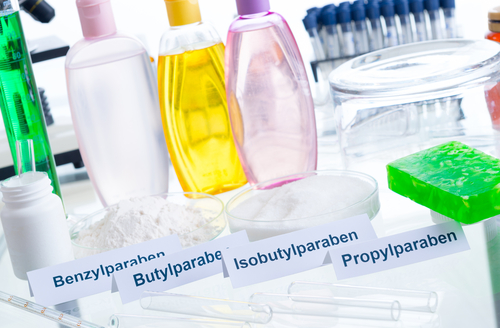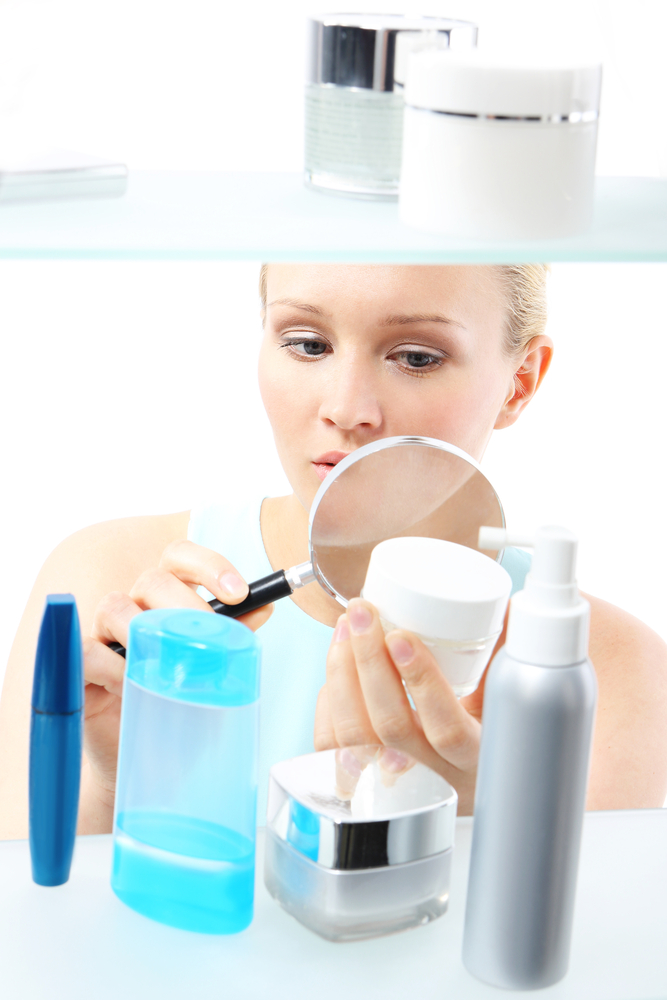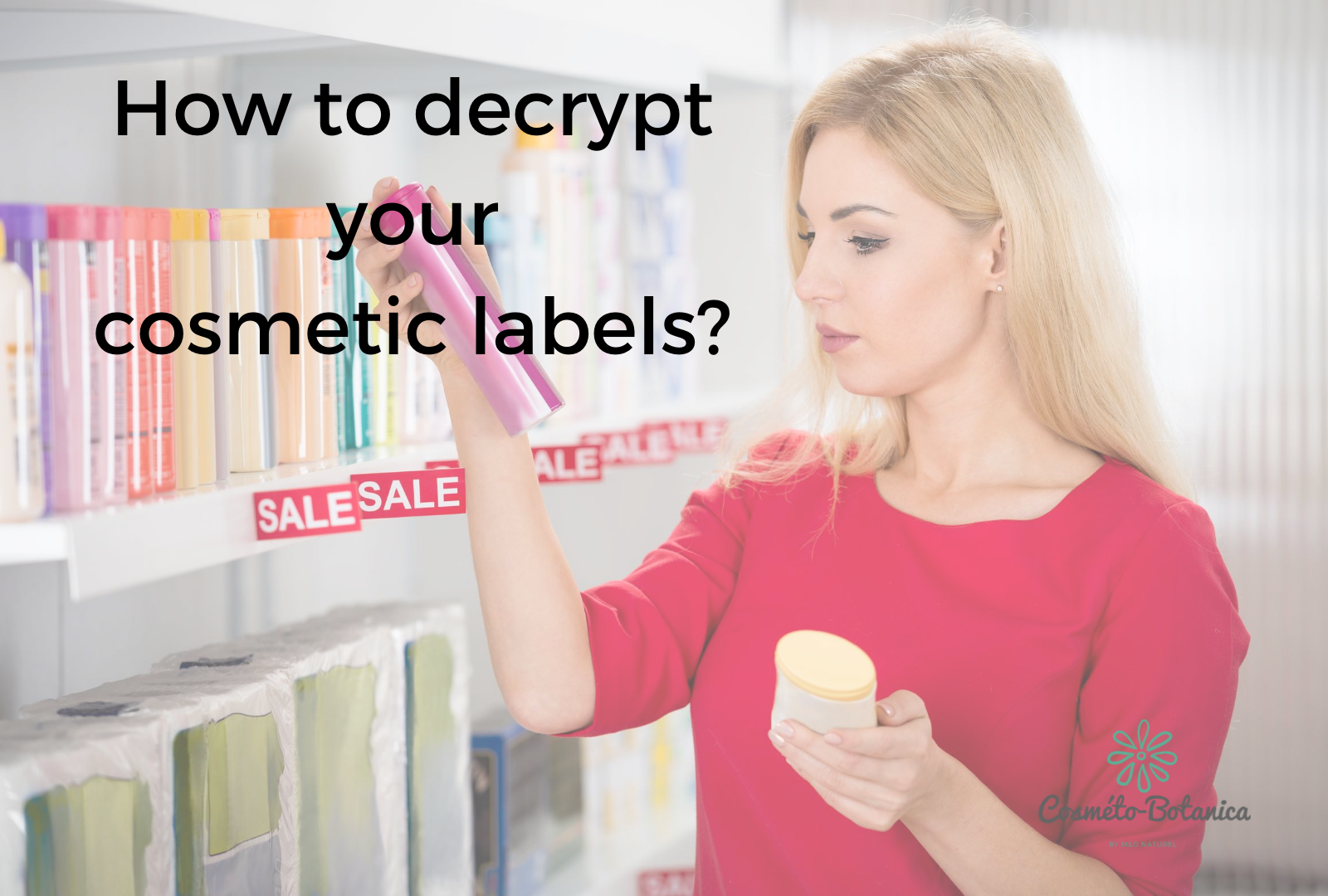Beauty Column Charlotte Vivien
How to decrypt your cosmetic labels?
In the world of cosmetics, the ingredients listed on each product aren’t written in the language of each country, but in an internationally agreed format using botanically based terms, this is called the INCI. This allows for a more universal understanding but also to avoid having to translate the ingredients in different languages. The disadvantage is that for the general consumer it can be quite tricky to understand.
In this article I will give you a few tips to pick out the good from the bad when it comes to reading ingredients!

Credit Shutterstock
Definition of INCI
« International Nomenclature of Cosmetic Ingredients ». The names of all possible ingredients of cosmetic products (today more than 16,000) have been defined and recorded in a long list (a nomenclature). The purpose of such an operation is to help the consumer better navigate it, but this is not always obvious to the eye.
This list isn’t perfect, but it gives us about 90% of the information required.
The pitfalls of INCI
Size of the font!
Have you ever tried to read the ingredients on the labels ? It is often very tiny as there is a lot of information to be written on a label and not a huge amount of space…. As a general rule of thumb the longer the list the greater the chance of having problematic or bad ingredients in it.
Incomplete information

Credit photo Shutterstock
There is no difference between an organic and non organic ingredient or between a refined or non-refined butter.
For example, the INCI for Shea Butter is « Butyrospermum parkii butter » without any distinctions on the refining it may have undergone. The refining process removes the scent and colour of the oil. A preferred choice for many skincare companies as it allows them to keep colour and scent consistent from batch to batch, however it does remove most of the wonderful vitamins, minerals and actives in the oils. You will however see a * after the ingredient or at the end of the list of ingredients it will say “*certified organic ingredient” or something along those lines. This will give you some indication, but if it has been refined, there is no mandatory specification.
Order of the ingredients
The first 6 ingredients represent generally 70% of the formulation and they are in decreasing order until the percentage is below 1%. Any ingredient under 1% can be put in any order. This means that in the list you could have a preservative at 0.9% after and an essential oil at 0.1%, which could lead you into believing there is more essential oil than the preservative.
Origin of the ingredient
The INCI doesn’t allow us to determine if the ingredient is from natural origin or synthetic. For example you can find natural and synthetic glycerine but both will be “Glycerin”
Perfume, aroma or fragrance
Under the word perfume you can find 4999 molecules, some synthetic and some from natural origins. Some could be perfectly okay but others can have strong allergens or potentially cause cancer.
Tips to find the right product for you!

Decrypting labels credit photo Canva
If you are looking for natural or organic skincare and cosmetics avoid the ones containing these ingredients:
- The ingredients that start with polymer- and or -vinyl- (derived from plastic)
- The following preservatives: Méthylisothiazolinone (potentially irritating) and Phenoxyethanol (potentially toxic for the liver and could pass to the foetus).
- Paraffinum liquidum, Mineral Oil, Cera Microcristallina, Petrolatum (derived from petrol)
- Dimethicone, Cyclohexasiloxane.… Terminaisons en -one, -ane. (silicones interfere with the natural function of your skin)
- Butylparaben, Methylparaben, Ethylparaben, Propylparaben (other potential health issuses)
- Sodium Laureth Sulfate, Sodium Lauryl Sulfate, Ammonium Lauryl Sulfate (potentially irritating)
- EDTA (environmental issues)
- PEG-…
There are many more but these are the most frequent ingredients you will find in cosmetics.
Remember:
- It is not because the name of the ingredient is long or complicated that it is bad. Any organic carrier oils can have long Latin names and be great for your skin.
- As the saying goes-“Less is more” you don’t need a long list of ingredients for a product to be effective. Always remember-Quality is better than quantity!
- Price: If it is very cheap the likelihood of good ingredients is low, but the opposite isn’t always true-The very expensive isn’t always any better. Take the time to know your brands, their values and the ingredients they use.
About the author:

Charlotte is specialist in organic dermo-cosmetics and Co-Founder of M&O Naturel. Formally she was a midwife. She is a bi national Swiss/ British citizen and lives in the French speaking part of Switzerland with her husband of Caribbean origins. Her skin-care creation was inspired by her son who suffered from eczema. After failing to find a suitable and natural product Charlotte decided to test various formulations using oils and butters. The eczema fully healed within 3 months. After this success she decided to retrain in organic cosmetic formulations. In 2014 she launched her own skincare range with co-founder and husband Dennis. The goal of M&O Naturel is to create products to help people achieve healthier skins using the best natural organic ingredients. www.monaturel.ch , www.moncosmetics.net (blog) www.instagram.com/monaturel


